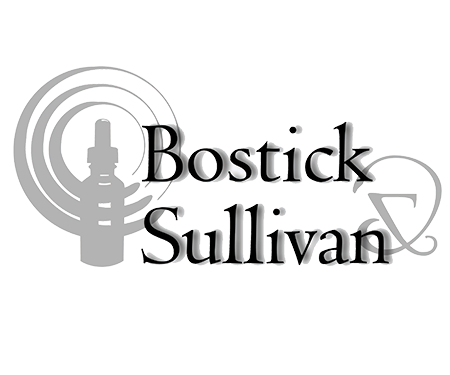There are many different ways to make Digital Negatives. Here at Bostick & Sullivan, we work with a simple method of making digital negatives that uses a curve to get the desired tonal ranges from the chemistry being used to make your print and then works with Epson printer controls to give the negative a better density.
This page contains instructions and resources on how to go about making digital negatives. If you have any questions, you can use our contact form or give us a call at (505) 474-0890.
This information is for digital negatives made using Pictorico OHP Premium transparency film and Epson stylus printers that use the ultrachrome k3 inkset. All our curves are designed with photo black epson ink, not matte black. The newer printers use an Ultrachrome HD inkset and these curves will still get you into the ballpark.
Read First
Bostick & Sullivan Digital Negative How-to Instructions – these are set up for the Na2 platinum palladium curve. The same process applies for the other curves listed below, use the appropriate curve in replace of the NA2 pt/pd curve and make any appropriate changes to the max optical density and color density as specified next to the appropriate curve.
Scroll down to see a step by step video going over the instructions.
Bostick & Sullivan Curves
For the majority of negatives, you apply the curve to the positive and then invert the image. The color density is normally at 20% and you adjust the max optical density as needed. Click on the orange bolded letters of the curve you would like and it will download straight to your computer. Each process has slightly different printer settings, follow the special instructions that go along with each curve when going to print.
Platinum Palladium
*for use with 4-5 drops of the 5% Na2 platinum for an 8×10, set max optical density to -5
Kallitype
*apply curve to negative not positive, set max optical density to -3
Cyanotype
*set color density to 10%, leave max optical density at 0
VanDyke
*set color density to 30%, leave max optical density at 0
Albumen
*set color density to 30%, set max optical density to -3
Salt Print
*leave max optical density at 0
Ziatype
*this curve I decided to use a pure palladium ratio curve that I found on this fabulous website http://www.alternativephotography.com/curve-corner-photoshop-curves/ and set the color density to 15%.
(Please note: these curves will not open when you click on them from your file searcher. They will come up as unreadable. You need to load them in through photoshop’s curves box. Please read the above instructions to see how to do this)
Thank you to Dave Hyams for the Platinum Palladium Curve, Kallitype Curve, Salt Curve, and Cyanotype Curve. The VanDyke Curve and the Albumen Curve was made by Christi Wiltenburg. If you have any questions, please contact christiwiltenburg@gmail.com.
This method was taught to Christi first by Dave Hyams (check out Dave and his partner’s studio Luminaria!) and then she used the Ron Reeder/Christina Z Anderson instructions to further her grasp of the process.
Video Instructions
How to make a platinum palladium negative, quickly and easily, with the curve made by Dave Hyams for 5% Na2 Platinum the Bostick & Sullivan way. This demo assumes you’re using Adobe Photoshop and Epson printers with regular Epson ink.
